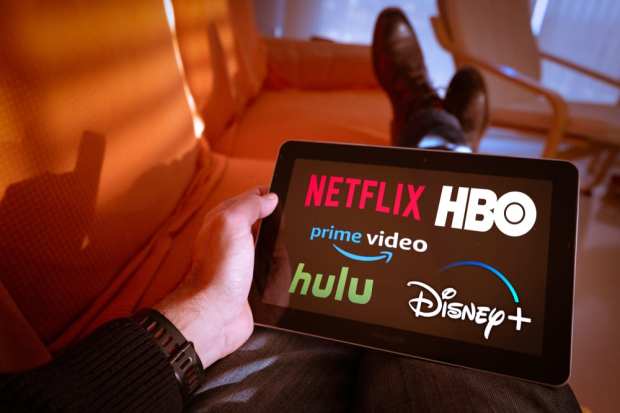How Cars, Streaming And Sign-Ups Make For Better Subscription Commerce

Subscription commerce is undergoing changes in 2020.
For one change, that form of retail is expanding to include new and fresh areas, which includes cars and trucks.
Automotive Subscriptions
Automotive sales are increasingly going digital – and more consumers are buying more used products of all types online. Those two retail trends have recently collided in Southeast Asia, where Carro, an automotive marketplace and financing provider, has reportedly bought Jualo, an online marketplace for used goods from some 300 product categories.
According to the report, the deal comes as Carro raised some $30 million in fresh capital. “Jualo has amassed four million monthly active users and facilitated transactions worth $1 billion last year,” the report stated. “Carro, which operates in Singapore, Thailand and Indonesia, said more than $500 million worth of vehicles were sold last year on its platform, up from $250 million in 2017 and $120 million the year before.”
Indeed, the anticipated compound annual growth rate (CAGR) of the global automotive subscription services market through 2022 is 71 percent.
In an effort to reach drivers who want the convenience and variety of a subscription, Mercedes-Benz is rolling out a pilot service called the Mercedes-Benz Collection. Drivers will be able to access Mercedes-Benz vehicles in Philadelphia and Nashville with the launch, the company said in an announcement. With the pilot, Mercedes-Benz is launching three tiers: Signature, Reserve and Premier. Drivers can select from any vehicle body style offered within their selected level, including SUVs, sedans, coupes, cabriolets, wagon models and even roadsters.
Luxury automakers are upending their traditional business models with a new take on an old idea – a car subscription. BMW, for example, has launched a pilot in Tennessee dubbed Access by BMW.
This type of service is one way that automakers can attract younger customers. And BMW is hardly alone: Cadillac launched a car subscription concierge service of cars and SUVs last year called BOOK, which allows the company’s vehicles to be delivered and picked up on-demand for customers via a smartphone app.
Streaming, too, is undergoing changes, as new PYMNTS research demonstrates.
The video streaming landscape is swamped with providers. From Disney+ to HBO, Netflix, Amazon Prime and Hulu, consumers have never had so many companies from which to stream TV shows and movies.
Better Sign-Up Process
With so many streaming services competing for consumer attention, providing unique content might not be enough to earn subscribers. The pressure is on for providers to find new ways to gain an edge over their market rivals and convince more would-be viewers to hit “subscribe.” The answer might lie in the sign-up process itself.
PYMNTS annually tracks the sign-up processes offered by digital subscription service providers in more than 10 verticals, from publishing and entertainment to consumer goods and eCommerce to the Internet of Things, hardware and beyond. Each year, these researchers explore the sites of some of the leading providers on the web – examining features provided with their subscription packages, the ease of signup and how long it takes to subscribe – to determine which sign-up processes have the best chance of converting casual browsers to new subscribers.
Providers are working to make their sign-up processes as fast and frictionless as possible. It took an average of 142.2 seconds to sign up for digital subscription services in Q4 2019, compared to 148.3 seconds in Q3 2019.
However, there is more to the sign-up game than subscription features and speed. Each sub-sector of the digital subscription market must tailor its processes to match the demand of its own, unique consumer base.
Answering that challenge will be among the main goals of subscription commerce operators in 2020.
